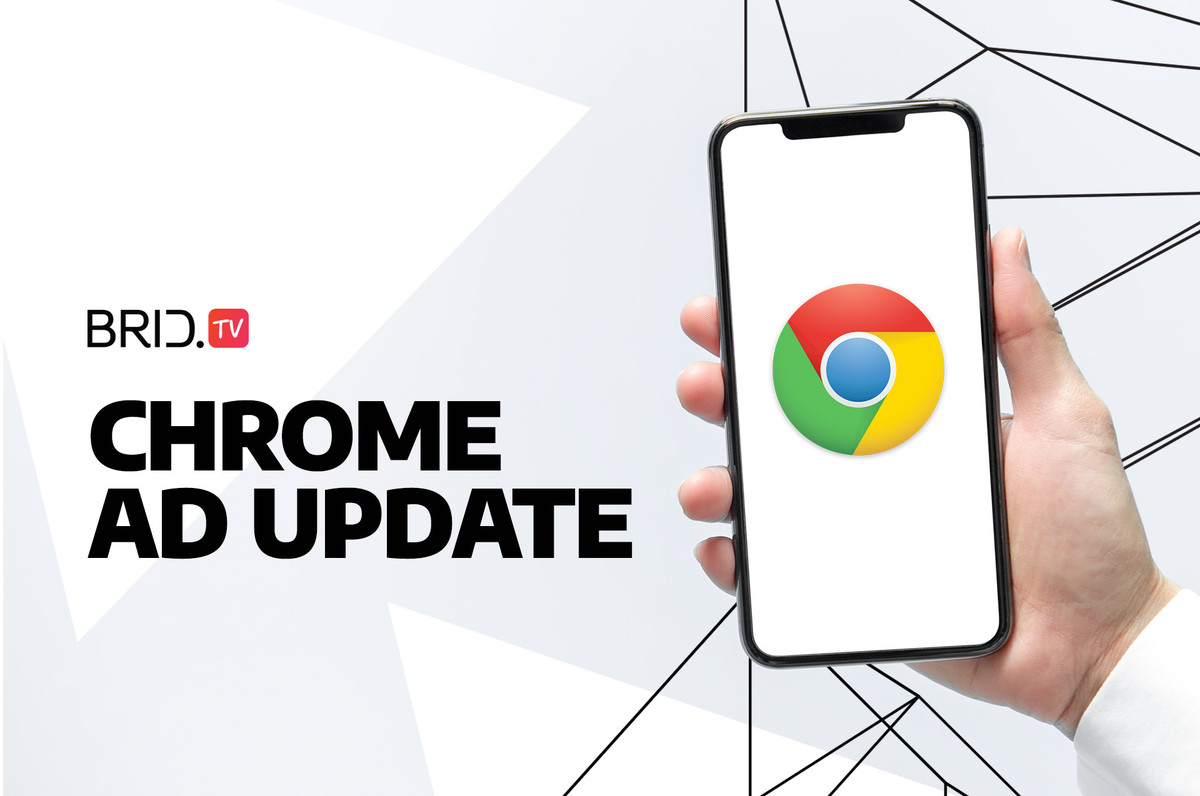Google Chrome has rolled out a new feature that will block resource-heavy ads in the browser. Although the tech company announced this update back in May, it has still caught some publishers and advertisers by surprise. They are now scrambling to ensure their ads will appear on users’ devices following Chrome’s development.
But, why did Google release the new feature?
You’ll find out the answer to this question and discover how Brid.TV helps you make sure your ads comply with Chrome’s heavy ad intervention policy.
Let’s start!
Google Chrome Will Block Heavy Ads
By now, most of us are aware that heavy ads disrupt the user’s browsing experience. That’s why publishers and advertisers tend to post ads that won’t slow page load time or consume huge amounts of device resources. However, Chrome found that there are still online ads that create harmful or annoying experiences, and the browser wants to put a stop to them.
According to Google, a small percentage of ads consume a large share of device resources, including battery and network data, and negatively impact the user’s experience on the internet. As such, these ads can drain the battery, overwhelm strained networks, and, perhaps most importantly, cost money. You can easily see how this leads to a bad online experience.
For this reason, Chrome will block heavy ads before they appear on the user’s screen. And let’s see how they determine what makes an ad resource-heavy, thus eligible to be blocked by the browser.
Chrome’s Heavy Ad Interventions
Chrome has placed a limit on the resources a display ad can use. If an ad reaches that limit, the browser will unload it. Basically, an internet user will see an error page where the ad would have been displayed. It will appear like this on a web page:

As you can see, the browser will ban the ad while also informing the user that the error page is the result of the ad using too many resources. But, which ads will be affected? Chrome has set the limit after measuring the ads appearing in the browser.
Namely, the heavy ad intervention feature will unload ads that go over the following thresholds:
- Use more than 4MB of network data,
- Have 15 seconds of CPU usage in any 30-second period,
- Or have 60 seconds of total CPU usage.
So, if your ad reaches this limit, Chrome will replace it with a grey square. One good news is that only 0.3% of online ads exceed this threshold, so not many publishers and advertisers will be affected by the new feature.
Nevertheless, Brid.TV doesn’t want you to worry about Chrome’s heavy ad update! That’s why we’re launching a new option today that helps you set the bitrate of a video ad and comply with Google’s heavy ad intervention policy.
Brid.TV’s Response to the Chrome Ad Update
Ever since Chrome revealed plans to block heavy ads, our developers have been working on introducing a new option that would help publishers and advertisers stay within the above-mentioned thresholds. And we’re excited to announce that the option has been added to our CMS today!
That’s right; starting from today, publishers and advertisers can set upper (MAX) limit bitrate values for video ad creatives in the CMS. By establishing this limit, you’re instructing our video player to show ads with specified bitrates. In that way, you’re ensuring that no grey square will appear instead of the ad! Our player will choose only video ad renditions with the bitrates you set and thus minimize the occasion for a larger ad video file (over 4MB) to appear.
As we said, the option is available in the CMS. To navigate to it, go to the Monetization tab in the player and enter the ad maximum recommended bitrate.

Once you set a maximum bitrate, Google IMA SDK will use it to select the appropriate ad renditions. So, use this option if you want to circumvent Chrome’s heavy ad intervention policy (which we’re sure you want). The player won’t call large size video ad creatives, ensuring the ads don’t go over the browser’s set limits.
Now Chrome and you can work together on making sure the internet users have good browsing experiences and no slow page load times!
If you have any questions or feedback on our newest option, please don’t hesitate to contact us.
We hope you’ll enjoy our new option!
The Brid.TV Team
